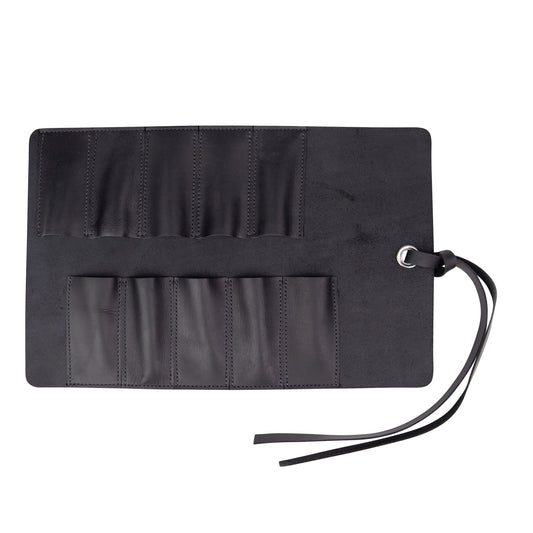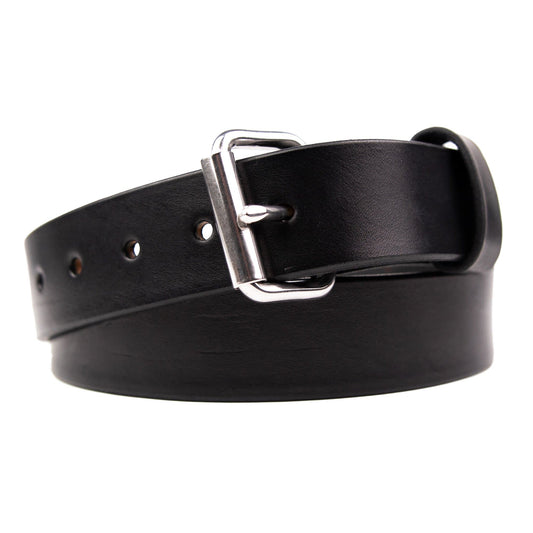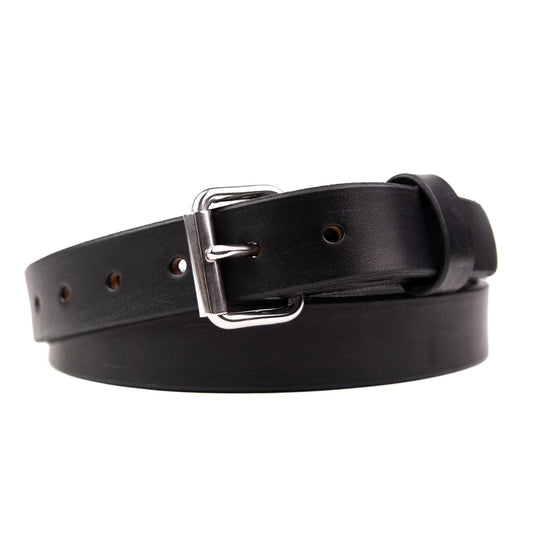Regardless of race, nationality, or background, everyone seems to possess a need for speed. There tends to be more than just bragging rights involved in seeing who can get from point A to point B the fastest. From foot races to turtle races, from baby crawls to bike races, there is a certain measure of worth, regardless of how justified it may be, tied to an individual’s ability to go faster than their competitor.
As boating is one of the oldest modes of transportation on earth, it is no surprise that boat racing has become “a thing.” This motorsport is infamous for producing some of the highest speeds and most deadly accidents in history. Widely thought of as a sport for the elite, offshore power boating provides thrills and excitement for both spectators and participants.

And So it Begins
Not long after the use of motors was implemented in boats, the first official offshore powerboat race was held. Sponsored by publishing mogul Alfred Harmsworth, the first official race’s course went from the south-eastern coast of England to France in 1904.
Within a handful of years, the sport became dominated by Americans. One American in particular, Garr Wood, became the sport’s first standout participant. He was the first powerboat racer to break speeds of over 100 mph, and he led his team to victory in the Harmsworth competition a total of eight times.

Powering Ahead
By mid-century, the Harmsworth race began to lose momentum as the sport’s preeminent race. In 1956, the sport’s next premiere event took place for the first time. The Class 1 Powerboat Championship debuted with participants taking off in Miami and speeding toward the finish line in Nassau.
This race is powerboat racing’s answer to Formula 1, with boats reaching speeds in excess of 160 mph.
Some of these races have been known to draw in as many as 400,000 spectators. Today’s spectators can enjoy watching the event televised live, capturing all of the excitement that the sport has to offer in real-time.

Not a Sport for the Everyman
Offshore powerboat racing is a sport that has widely been touted as a competition for the rich. This is due to the exorbitant cost of purchasing and maintaining the necessary equipment to be competitive.
Oftentimes, those who have found themselves in that elusive “top 1%” happily finance teams in their name in the hopes of bringing some sort of motorsport glory to themselves. From the ridiculously high cost of acquiring a powerboat to being able to house the boat in the proper area necessary for test driving the vessel and the team’s abilities, including the price of maintenance, fuel, and entry fees, to name a few, only those with deep pocketbooks are equipped to be players in this game.

In recent years, however, newer categories have been emerging in offshore powerboat racing, making the sport more accessible for those who have a true passion for the sport but do not have an endless supply of money to fund their hobby.
It is not surprising, however, that the categories that are more costly to participate in can garner a tremendous payout, while those that cost less to participate in tend to not pay as much in the way of awards.

A Touch of a Checkered Past Makes it That Much More Interesting
The heyday of offshore powerboat racing arguably happened during the 1980s. That time period also saw a fascinating story that deals with the industry’s seedy underbelly.
Don Aronow was a handsome, up-and-coming businessman who was raised in Brooklyn, New York. After taking the helm of his family’s company, he made millions. At the age of 34, he retired from the business and moved to Miami with his supermodel wife, prepared to live a life of ease.
Dabbling in the hobby of the rich and famous, Aronow became involved with marketing and launching a line of offshore powerboats. Eventually, his line of boats became the quintessential models of powerboats for the sport, designing some of the most famous offerings of the time.

Aronow didn’t just talk the talk; he walked the walk. He was credited with designing and building vessels that won hundreds of offshore powerboating titles, even going on to win two world championship titles himself.
While Aronow’s business appeared on the “up and up,” due to the sheer speed his crafts could achieve, it is thought his boats were employed in the drug smuggling trade between Florida and the Bahamas.

Aronow was gunned down upon departing a business meeting at his manufacturing shop when another driver pulled up alongside him and opened fire. Though someone with mob ties eventually confessed to his murder, Aronow’s case remains officially unsolved to this day.
While his life was cut short, Aronow’s boats are still involved in the offshore powerboat racing circuit even to this day.

The History of Offshore Powerboat Racing: High Speed for the High Class
Despite being a sport that is out of reach for most people to participate it, offshore powerboat racing has nevertheless amassed a loyal following of fans seeking thrills that cannot be found elsewhere
Today, though more “average” individuals can participate in the sport, the history of offshore powerboat racing proves that it is a sport that shows that even the high class needs to experience high speeds.




